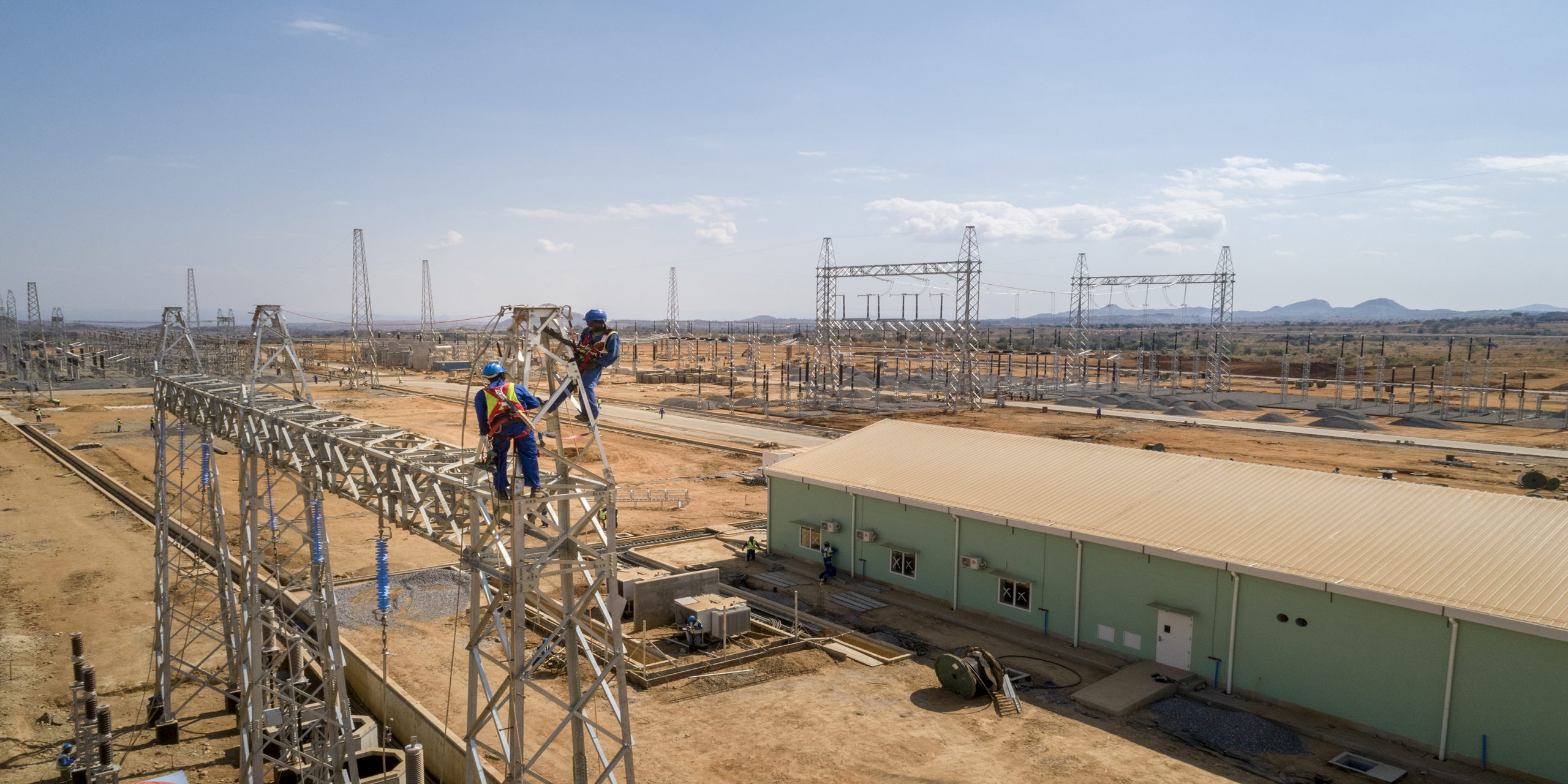
Compact initiatives to strengthen the performance of the power sector have spearheaded a significant amount of activity in Malawi’s power sector, particularly by international donors and other US government entities (see Coordination and Partnerships section). This includes additional work on utility strengthening, market restructuring, and the introduction of new processes to add generation through private investment.
Prior to the compact, Malawi’s approach to development of the power sector was driven by the Government, which was expected to bring resources to bear to add new investments in generation, transmission, and distribution. This approach was a significant factor in the poor condition of the sector that prevailed at the compact development stage with Government unable to finance new investments resulting in limited growth prospects. Through the compact’s consistent focus on private investment—especially through independent power producers—there has been a change in mindset across Malawi’s power sector stakeholders. It is now widely recognized by stakeholders in Malawi that private investment is the only way the sector can develop and achieve Malawi’s developmental goals. While challenges have been encountered moving from principles to actually adding new generation capacity, the trend is clearly moving towards a more sustainable model for power sector growth. During the compact period, this trend took the form of a competitive procurement for solar power IPPs with negotiations and additional development activities still underway at the time of compact closure. ESCOM has also developed a generation expansion plan, which relies on an appropriate mix of private sector projects, PPPs, and Government-sponsored strategic projects.
With regard to continued power sector infrastructure expansion in Malawi, there are a number of additional developments that should be pursued to support and build on the impact expected from the compact investments. One of the key objectives of the compact’s transmission upgrades was to enable integration of Malawi’s network into the regional network. Provisions were made in the design of the 400 kV transmission line for future connections with Zambia, Mozambique, and Tanzania. With the 400 kV line as a “backbone,” financial feasibility and economic impact of constructing new power stations in Malawi is also expected to improve. Current prospects include solar and wind power stations, additional hydropower developments, and a coal fired power station that would use coal from Mozambique. These projects could utilize the improved grid and potentially provide Malawi with the opportunity to export power in the future.
Throughout the compact period, the MCA-Malawi monitoring and evaluation team led efforts to continuously review, assess, and improve on the quality and reliability of data used for monitoring results. Building on a robust Data Quality Review (DQR) conducted by a firm with significant expertise working in the power sector, MCA used the findings and recommendations to develop a ‘DQR Action Plan’ that prioritized investments in metering and other equipment that would enable ESCOM to collect and monitor data on the network, such as data on technical losses and outages. Many investments were subsequently costed out and resources allocated by either MCA or by ESCOM itself. The Action Plan also highlighted training requirements for ESCOM staff involved in recording and processing data, and procedural enhancements to ensure greater consistency and reliability in methods used by field staff in the data collation process. The outputs were used to provide guidance for ESCOM on how it should enhance its own capacity to use monitoring and analytics more fully to improve its performance. A key result of this was that ESCOM ultimately created a new Monitoring & Evaluation Department, and recruited a Director for the department to take on duties and help further elevate M&E practices within the utility.

